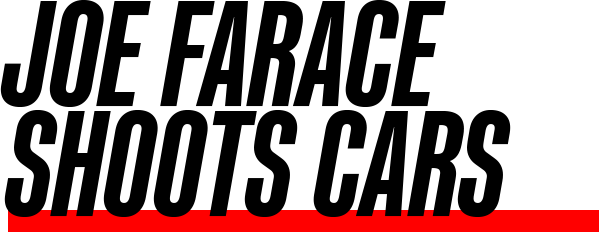Today’s Post by John Larsen
Recently I have admired automotive photos that utilize the technique of light painting and thought I would give it a try on my Mazda Rx7 before I park it for the winter.

There are two common forms of light painting: One uses moving LED lights while the other uses flash or speedlights. Both methods require multiple exposures and post-production work. For this first attempt at light painting in my driveway I decided to start with LED lighting because I felt it would be easier to view the results in-camera. The equipment that I used was as follows:
- Canon 7D
- Canon STM 24mm 2.8 lens
- Manfrotto tripod
- Canon RS-80N3 cable release
- Manfrotto Lumimuse 8 LED light
The aperture was f/2.8, ISO 100 with a shutter speed of 10 seconds for all photos except the background photo showing the lights on the garage. For that image the shutter speed was one second. I also used the two-second delay on the self-timer, which allowed me to trip the shutter, walk to the car and turn on the LED light. In total I took about twenty-five images as I walked around the car holding the light at different angles and heights lighting various sections.
After I downloaded the images, I reviewed them to determine which of them were better suited to showing a different part of the car. I renamed each file so that I could reference them in post-production such as lower grill, front wheel, lights, etc.

In Photoshop Elements I opened my selected images and layered them on top of each other, using the first photo of the darkened car in front of the garage as my base image. Then, I made a mask layer for each photo and added in the sections of each respective layer by brushing the selection. I did this for each of the nine photos that were layered. I then flattened the image to one layer and fine-tuned one of the tires and removed a few leaves that were on the driveway.
Since I am not proficient in Photoshop there was some trial and error involved but it was interesting to see the impact each change had on the result. Next up will be an attempt at a more elaborate location with numerous flash images. I had better set aside more time for the post-production work on it!
John Larsen is located in the Greater Toronto Area, whose PhotoGraffics website contains samples of motorsports and hot air balloon photography from numerous Canadian balloon festivals.
